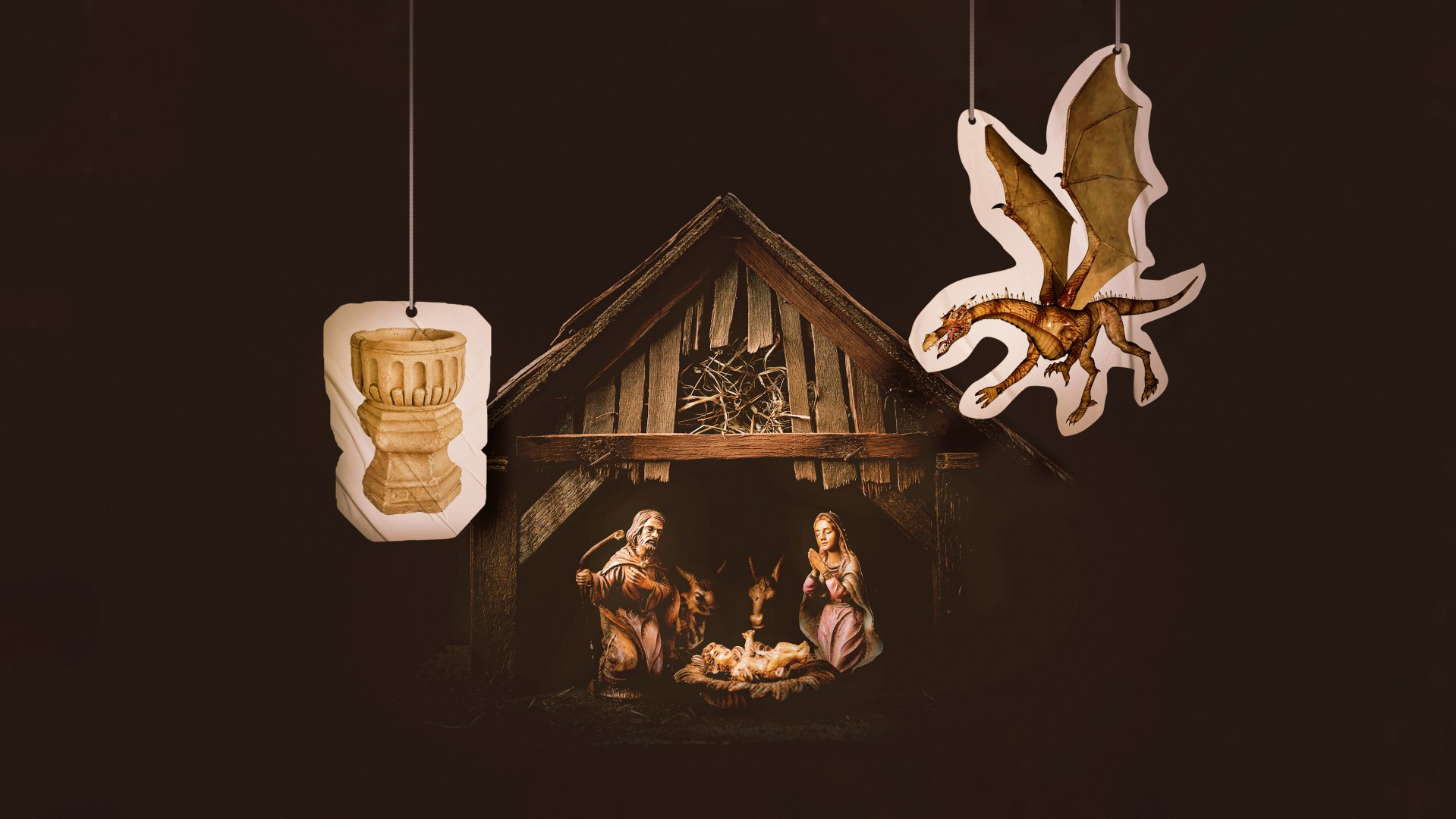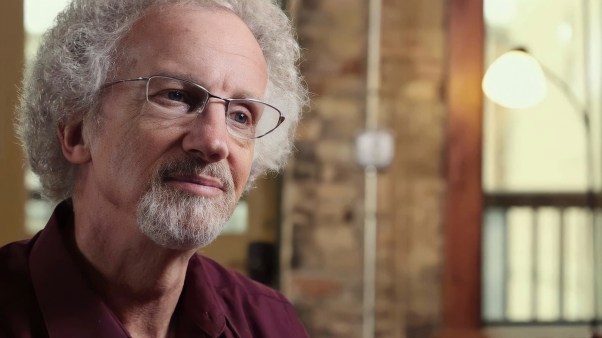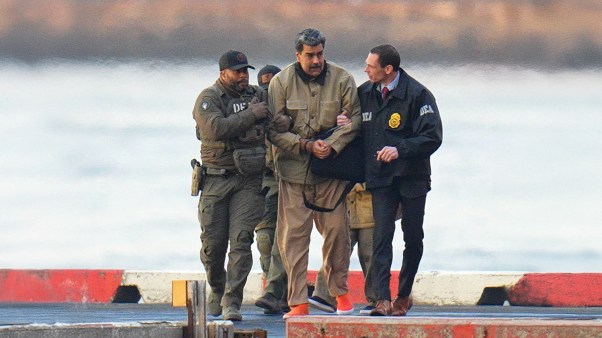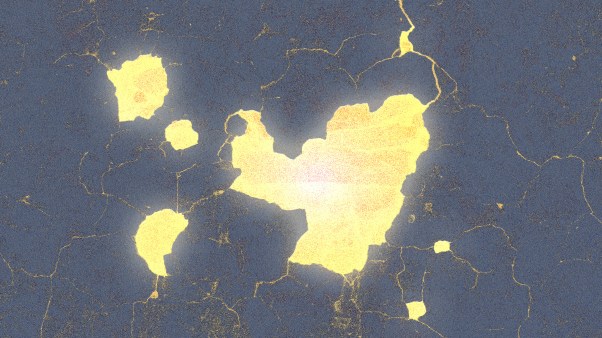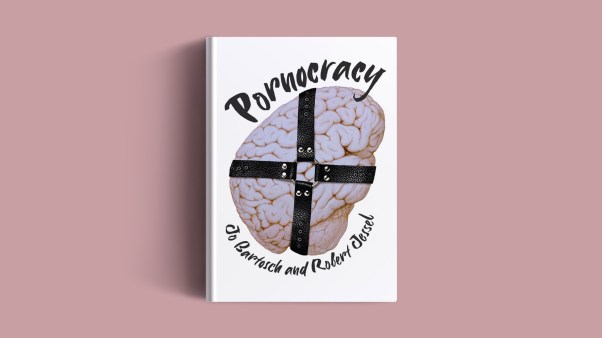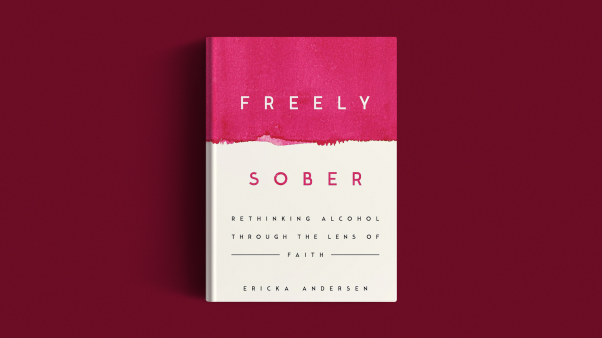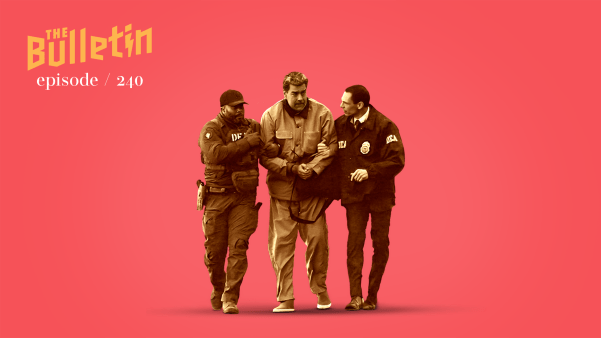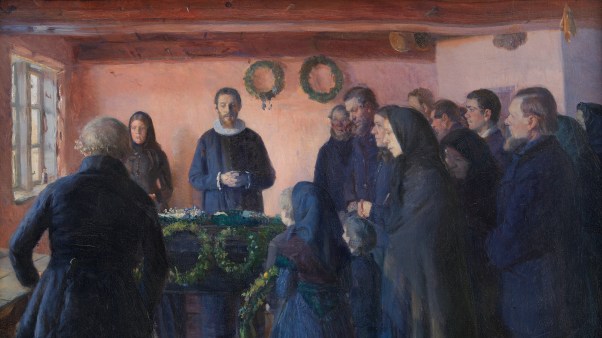The next time someone wants a good Advent book, Fleming Rutledge recommends Cormac McCarthy’s The Road, which deals with the total breakdown of society. There is no hope in sight, only cruelty. Like voices crying in the wilderness, a father and son travel through the ravaged wasteland of what used to be the United States, stewarding the one thing they have left: tender love for one another.
“Advent,” Rutledge notes, “is not for sissies.”
What can apocalyptic bloodbaths teach us about Christmas? How can they prepare the way for Christ’s coming?
Stories like The Road invite us into the stark realism of what Mary and Joseph faced under the cruel inflexibility of Roman rule and the hopelessness that all of humanity has faced to varying degrees over time. Their literary genre confronts us with death, judgment, apocalypse, and hell—just as Scripture does.
Exhibit A: The Book of Revelation, known in the King James era as the Apocalypse. Some scholars place John’s writing of the book as prior to the Gospels. That would mean his “nativity” would have been the first one told.
His Spirit-inspired perspective on the birth of Jesus might surprise us: “The dragon stood in front of the woman,” he writes, “who was about to give birth, so that it might devour her child the moment he was born” (Rev. 12:4).
The dragon of Revelation has indeed invaded our nice, tame Nativity scenes. Perhaps we need The Road, or McCarthy’s other masterpiece, Blood Meridian, to shake us out of our stupor and remind us that we too have been faced with a spiritual desolation of apocalyptic proportions. Or perhaps we need the literal voice of one calling in the wilderness.
John the Baptist still stands at the crossroads and calls to us to “prepare ye the way of the Lord.” Every December, baptism is part of our entrance into Advent expectation and hope. It’s how we step into the church calendar. It immerses us in Christ’s life, death, and resurrection. And it plunges us into the Jesus-reality now, which has been flung open to us.
In the early church, people were baptized in a church-adjacent building called a baptistery, shaped like a Roman funeral building. With a twinkle in their eye, early Christians built these baptismal houses to remind their converts: You are coming here to die! You have already died. Sin has killed you! You are just enacting your death that has already happened. And in this place where you are joined to Christ’s death, you will rise.
Some fonts were shaped like crosses, where the new believer descended into the cruciform shape and came out reborn. Others were shaped like wombs, echoing Cyril of Jerusalem’s comment that in baptism, “you died and were reborn, and that saving water became both grave and mother for you.”
John the Baptist stands at the gateway to Advent because baptism is our way into life in Christ, and the church calendar invites us into that drama. Because of who Jesus is, the historical events of his life are also part of eternity—our present and our future. We don’t just watch Jesus fast; his fasting makes it possible for our fasts to have meaning. We don’t just celebrate Jesus being born; his birth makes it possible for our human nature to receive God. We don’t just watch Jesus obey; we now can obey.
We think the church calendar is about simply having an alternative sense of time, and in some ways it is. But it’s more about becoming. It’s anthropology, not chronology. It’s the lived drama of being in Christ.
Just as our entry into Christ’s life is through our symbolic death in baptism, so Advent and Lent continue to draw us toward the reality of Christ’s death and resurrection. Early church icons of Jesus’ birth are riddled with images of death—a baby located in a tomb-like cave, wrapped in white linen—all to remind us of that later cave and shroud that brought the entire world back to life.
In his poem “Nativity,” the poet Scott Cairns calls the nativity scene “the core / where all the journeys meet / appalling crux and hallowed cave and womb.”
Advent isn’t just a private spiritual practice meant to get us ready to celebrate Christmas, nor is it a solo journey that we undertake by ourselves. It puts us in touch with the apocalyptic suffering that’s happening right now, as well as the immediate, frantic need for relief. We participate in it together with the global body of Christ.
Terry Waite, a hostage negotiator who himself was taken hostage for five years, speaks to the power of a global community intimately anchored in Christ. Chained for 23.5 hours a day to a basement wall in Lebanon in utter darkness, he anchored himself to the rhythms of the world church.
“I fell back on the language of the Prayer Book,” he says. “I saved a little bread and water in my beaker and I said to myself the communion service. … In my imagination, I was taking part in this act with congregations across the world, in parts of England or America. I joined with them.”
The small bit of bread and water given to him daily became his connection to a community gathering around the broken body of their Lord. Annually, as his basement cell made its slow journey around the sun again, the worldwide church was also making its slow journey in the footsteps of their Lord, from Advent to Easter.
These ways of staying connected to his Lord and his Lord’s body gave Waite a sense of solidarity that moved him beyond his confinement. His solo experience of these ancient church practices moved him into community and profound connection.
For the early Christians, too, caught in an apocalyptic landscape of their own, Christ’s birth pointed forward to death—both his and their own. They knew that following him might require suffering and, if not physical death, the inner agonies and ecstasies of death to self. But in this journey, they were never alone.
If indeed the Book of Revelation predates the Gospels, as some believe, then the very first Christmas story tells of a helpless woman fleeing a dragon. And if indeed Advent does “begin in the dark,” as Fleming Rutledge reminds us, we are all together awaiting the light that can only come from outside of us. We need to listen for the voice of one crying out in our personal apocalypses, reminding us of our baptisms and the way through our damaged landscapes.
Julie Canlis is the author of A Theology of the Ordinary (2017) and Calvin’s Ladder (2012), winner of a Templeton Prize and a Christianity Today Award of Merit.

